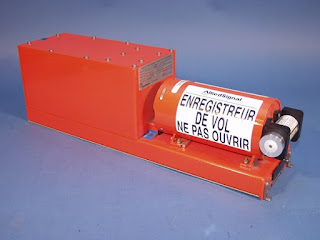Television was invented much earlier than you might think. The first electrical transmission of television images was the work of JL Baird, who built his first television system in 1926. JL Baird was born in Helensburgh, Scotland.
The first person to appear on television was a young office boy from the building where Baird worked. The boy was paid about 60 cents for his appearance.
The first transmission of television images did not begin until 1935, in Germany. The first television broadcast in the United States did not occur until six years later, in 1941.
In 1949, there were one million television sets in this country, and by 1959, there were 50 million sets. During the 1960s, color television became popular. And by 1980, about half of all television sets in the United States were in color.
SOME FACTS ABOUT TELEVISION
- The first couple seen on TV together in a bed was Mary Kay and Johnny Steen.
- The first toilet ever seen on TV was in "Leave It To Beaver".
- One in four Americans has appeared on television.
- In every episode of Seinfeld there is a representation of Superman somewhere.
- Scottish inventor John Logie Baird made the first public television show in 1926 in Soho, London. Ten years later there were only 100 television sets in the world.
- In the U.S. there are more television sets than landlines.
- The first television newscast was started by the BBC in November 1936.
- Number of hours a day an average American spends watching television: 4 hours
- Percent of U.S. households with at least one television set: 98%





